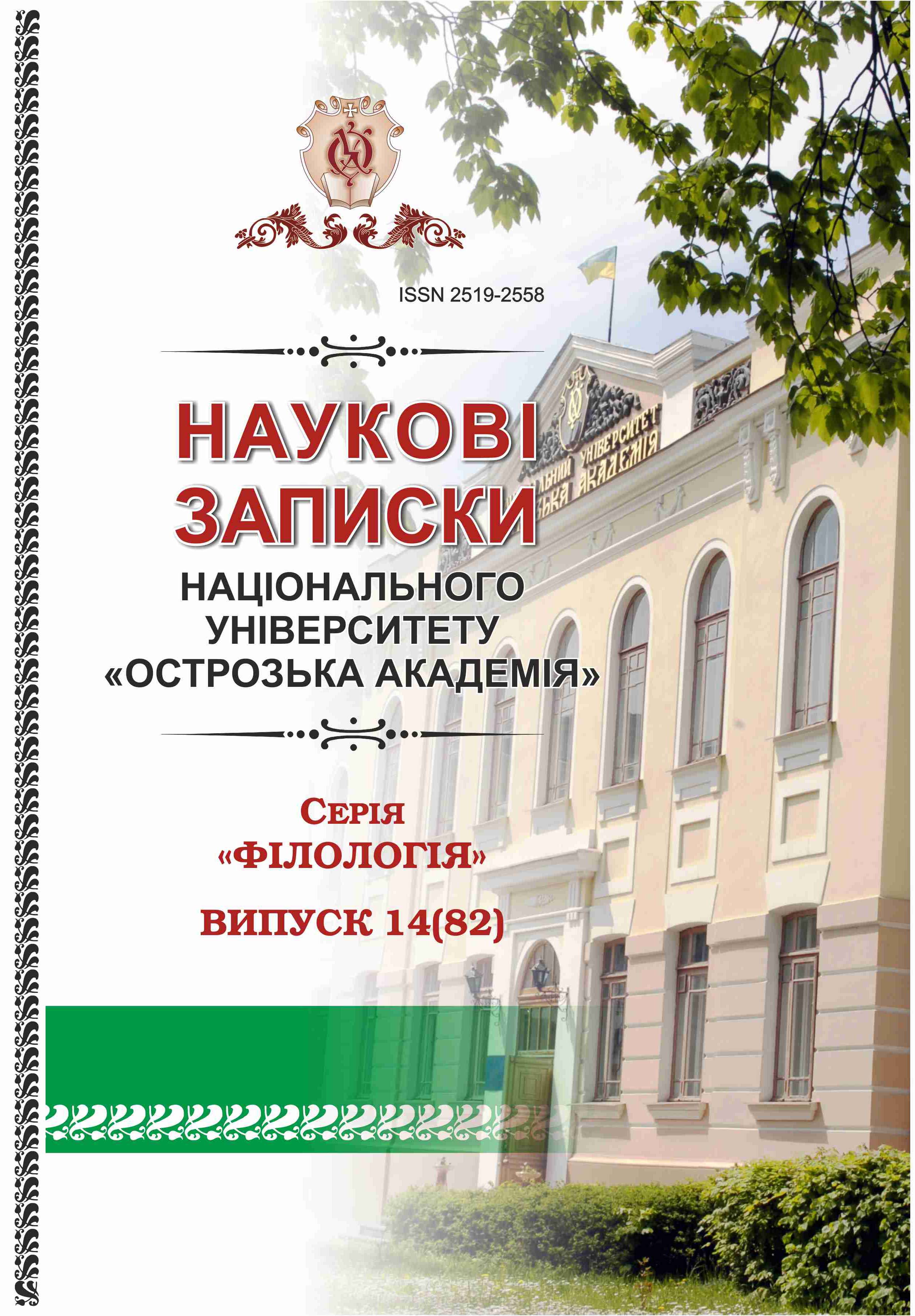COMPARITIVE ANALYSIS OF PAREMIAS WITH ZOONYM «WOLF» IN EUROPEAN LANGUAGES
Keywords:
paremia, folk wisdom, metaphor, zoonym component, anthropomorphic approach, comparison, associationAbstract
The article analyzes the image of the wolf in set expressions (proverbs, sayings, metaphors, etc.) based on the ideas about this animal that arose in European culture. From ancient times, people have identified themselves with animals, which has led to a large number of zoonym paremias in the language. The study manifests the similarity in the functioning of this zoomorphism in ten European languages which is due to common factors in the culture of native speakers and the fact that these peoples have similar socio-historical living conditions.The extensive use of tropes and figures of speech (hyperbole, comparison, irony, grotesque, etc.) proved to be the common features of phraseologісal units with zoonym "wolf". In addition, the research reveals a complete coincidence or slight deviations in the semantic structure and lexical content of the studied paremias, the use of different stylistically marked units, namely: colloquial outdated or book vocabulary. The present time has prevailed in all the languages. This fact refers us to the coincidence of fragments of the surrounding reality and is reflected in the language fund of many European cultures. It can be concluded that proverbs and sayings are to some extent linguistic universals that operate in different language systems.

